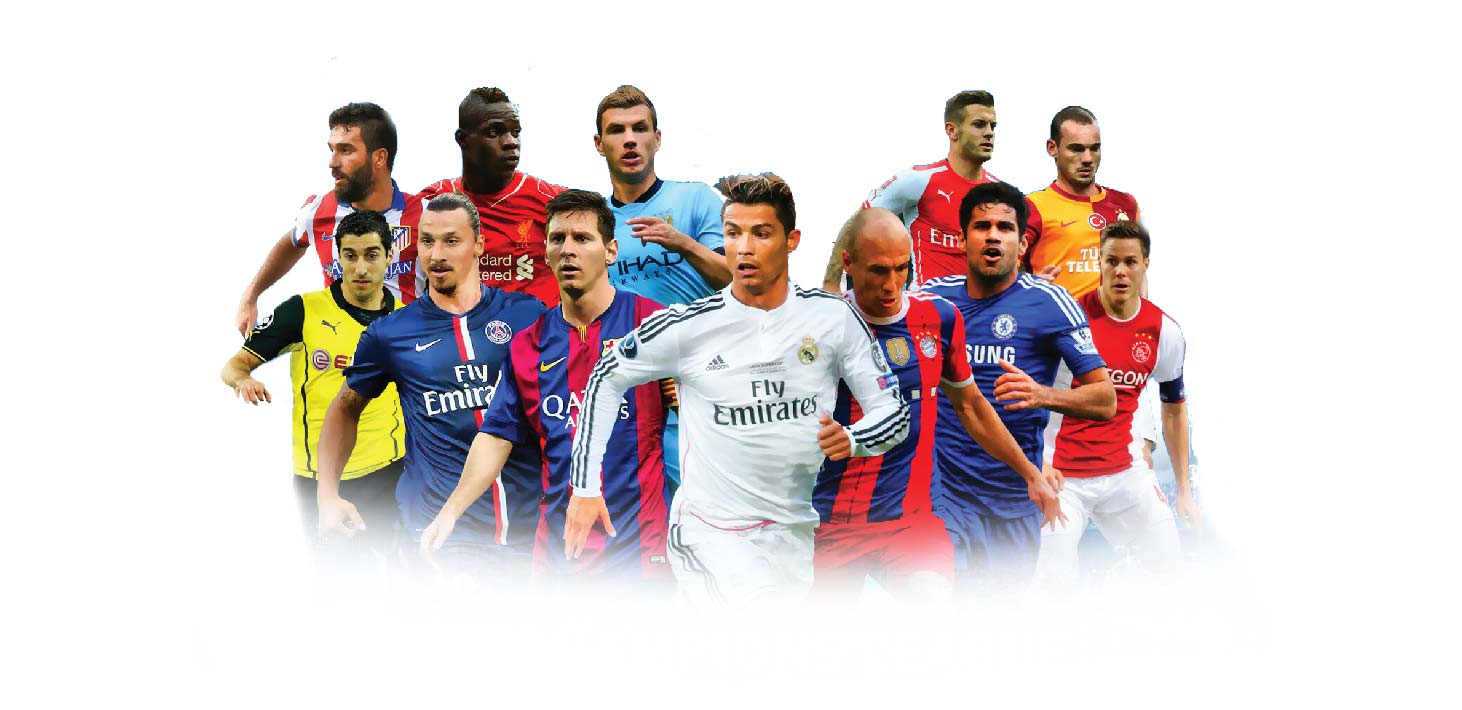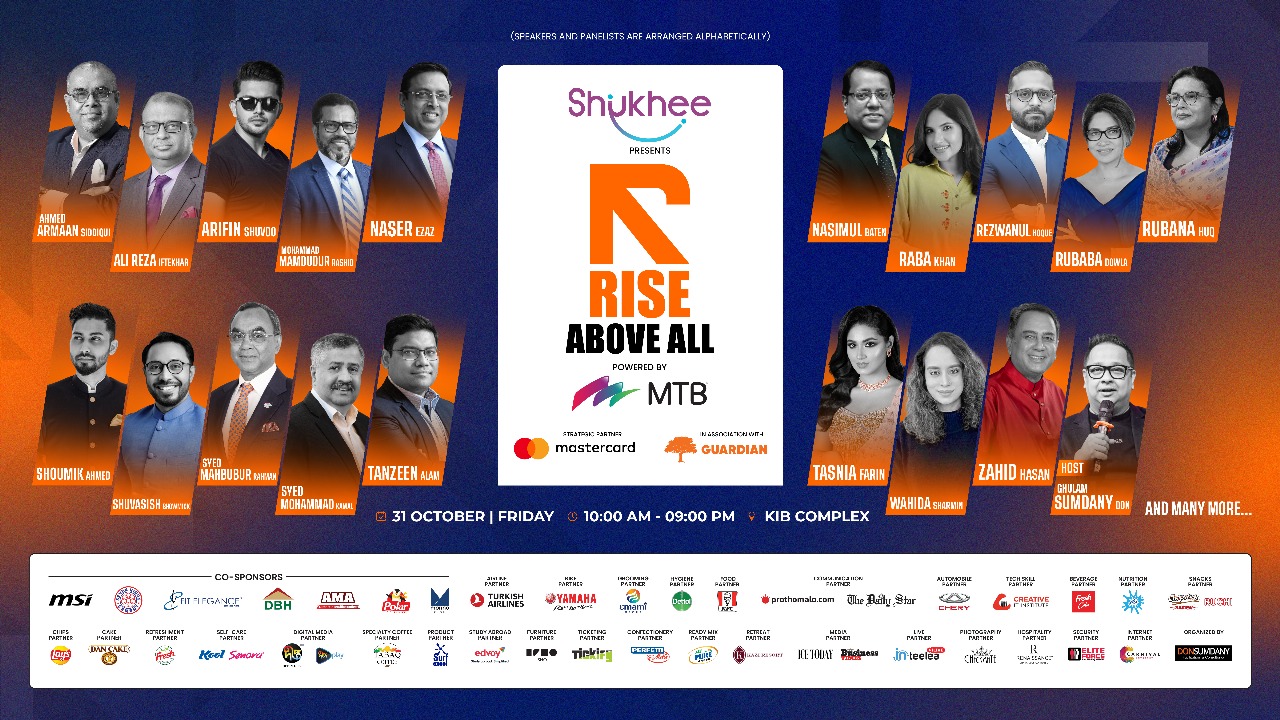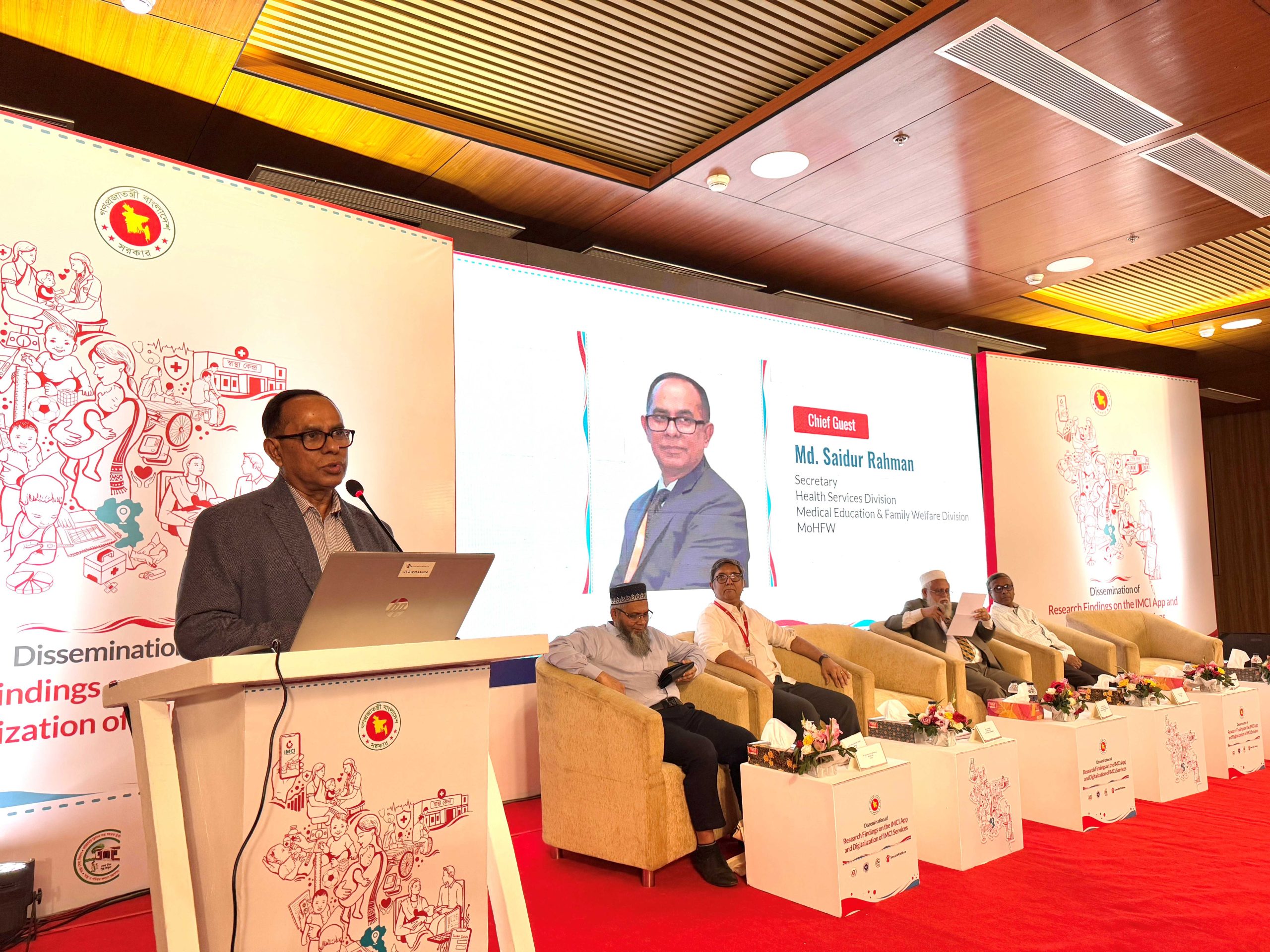From national prides to international money spinners, the marketing strategies behind European Football clubs are interesting reads
By Sifat Ishtiaque Hossain
Over the last few years, football (or ‘soccer’ as Americans want to call it) has moved from being a national culture to real internationalization. This has created a huge profitable business with myriad dimensions. Consequently, football has become a one of a kind example of merchandising in sport. Europe especially has always been the region of the world where football has had the most important place in the field sport marketing. After the English invented football it became a professional sport very early on.
In 1992, the European Cup was transformed into the UEFA Champions League (UCL), around which a new marketing strategy and brand identity was developed and implemented by UEFA. This phenomenon completely transformed the approach of national and club competitions not only in Europe but across the globe as well. It led to the dramatic altering of the nature of TV sports broadcasting. Today TV channels will pay expensive fees to broadcast the most attractive events.
England, Germany, France, Italy and Spain are now the five biggest markets in the economics of football in Europe. Football clubs in these countries now are greatly intent on coming up with a business plan than strictly controlling bankruptcy. However, there is still a place for ‘small’ countries in the European football market that are not part of the ‘Big Five’ – such as Portugal, Turkey, Sweden, Belgium, Scotland. It is interesting to discover whether a relatively small market can still develop a real marketing strategy, or whether such markets are dominated by the influences of their neighbors
Like other national football leagues, the German Bundesliga has had to cope with tremendous financial changes. With regard to the financial situation, the media, and especially the TV market, have had a major impact on the German football market. Hence, dealing with German football from a marketing perspective requires a special focus on broadcasting rights.
Most Profitable Football Clubs in the world

Huge financial changes have not been reflected in the management of European clubs, which is often still amateurish with presidents or owners that do not consider the club as a business but rather as a toy that can be replaced easily when broken. Among big clubs, such as FC Barcelona, Real Madrid, Chelsea or Bayern Munich, the balance between sporting and economical results is difficult to achieve because of the significant pressure of media, and also of political and social groups.
Digital media is another new platform for European clubs’ marketing strategies as it provides reasonable ways to engage with fans. With markets saturating, European clubs always have to find new revenue streams. Through digital media, the loyalty of fans towards the clubs increases significantly and fans with a high level of loyalty are more likely to spend money. In this regard, Chris Nield, Social Media Manager, Manchester City says – “The key goals of the social media strategy is to provide the fans with additional and inclusive streams of communication direct to and from the club; to provide additional, engaging and exclusive content to our fans on social media networks and to build virtuous relationships with fan sites, blogs and forums that already exist online.”
Again, a number of European clubs have entered new markets in Asia in order to strengthen their revenue streams, build their brands and overcome the challenges posed by mature or saturated European markets. European clubs have been both commercially successful and popular in Asia. Clubs like Arsenal and Manchester United have a huge fan base in Asia, especially in countries like Singapore, Malaysia & Thailand. Amongst the criticisms that have been made are that these European clubs have failed to understand the specific nature of Asian markets and what motivates Asian fans. However, the huge support shown when these clubs visit Asia in the summer break says otherwise.
By expanding their reach geographically and leveraging the power of star players these European clubs have been able to develop global fan bases. Playing friendly and pre-season games abroad have reduced the physical and emotional gap between the club and their global network of fans. Clubs in the English Premiership and La Liga have been particularly successful at this.
The biggest challenge facing the leading clubs is in developing the relationship that they hold with their fans and converting positive relationships in to commercial revenues.The biggest challenge facing the leading clubs is in developing the relationship that they hold with their fans and converting positive relationships in to commercial revenues.
Jersey sponsorship is another recent phenomena that has had a huge impact in the brand financing activities of these European clubs. Real Madrid, Manchester City, Barcelona and Paris Saint Germain (PSG) all have shirt sponsorship deals with Arabian Gulf airlines. Adidas has recently signed a £750m deal to make Manchester United’s kit for the next 10 seasons. Two of the top five clubs have stadiums named after Gulf airlines, while investments by Abu Dhabi and Qatar in Manchester City FC and PSG, respectively, helped the clubs to take 18 per cent of the total value of the top 10 clubs according to the Brand Finance’s Football 50 2015 report by UK based global branding consultancy. Manchester City, sponsored by Etihad Airways, rose one place to fourth this year, valued at US$800 million. Qatar Airways-sponsored Barcelona fell two places to sixth with a value of $773m while PSG, sponsored by Qatar Sports Investments and Emirates, rose one place to ninth, valued at $541m.
European clubs are able to financially leverage their brands by obtaining financial securities against these valuable assets. Strong brands generate high and secure cash flows against which banks are prepared to lend at finer rates.
As the popularity of the sport has risen over the years, the power of these big clubs as global brands has sky rocketed. With more and more money pouring in from sponsorship, stadium, TV rights deals and so on, there’s no telling when and where their climb will stop.















